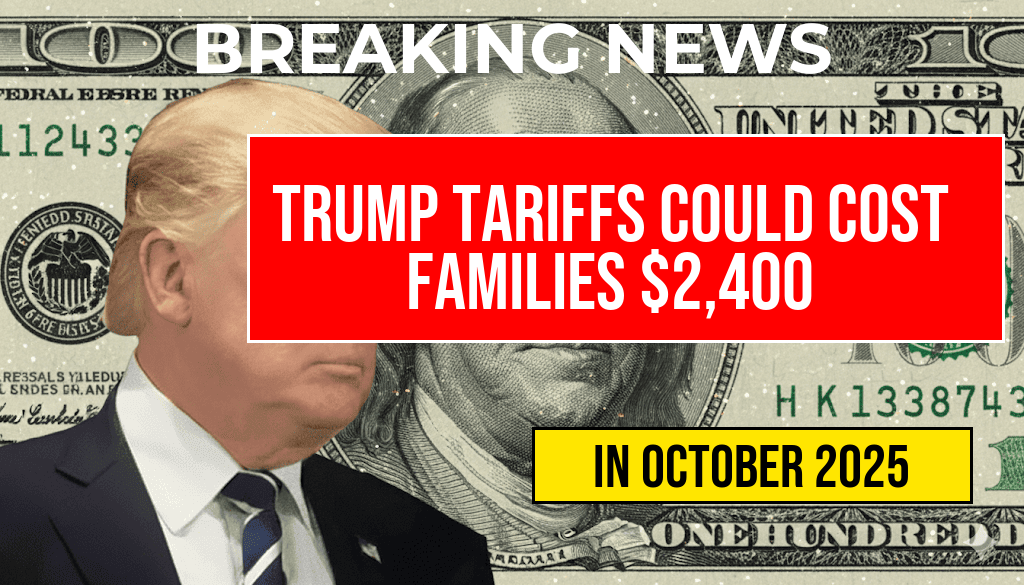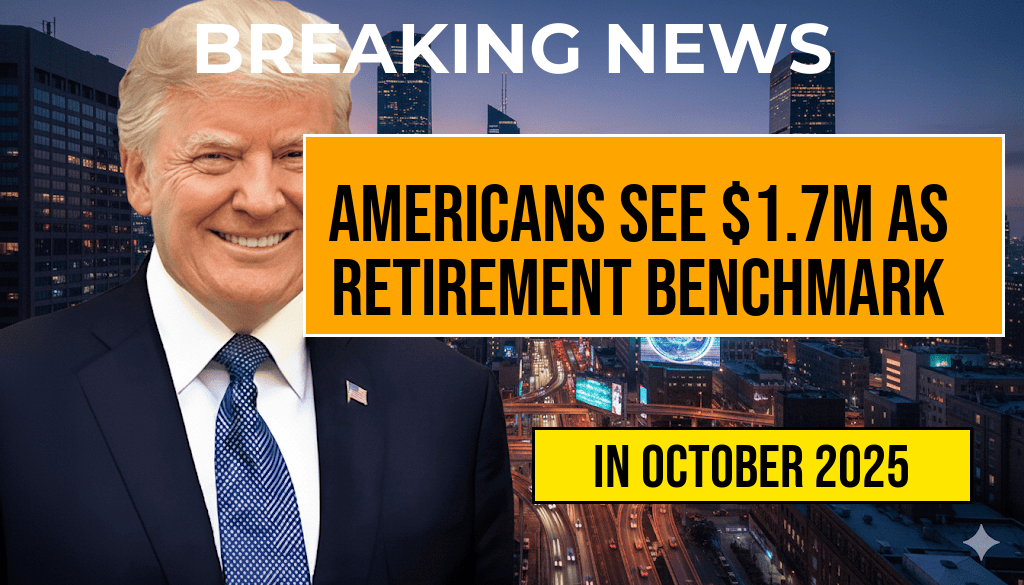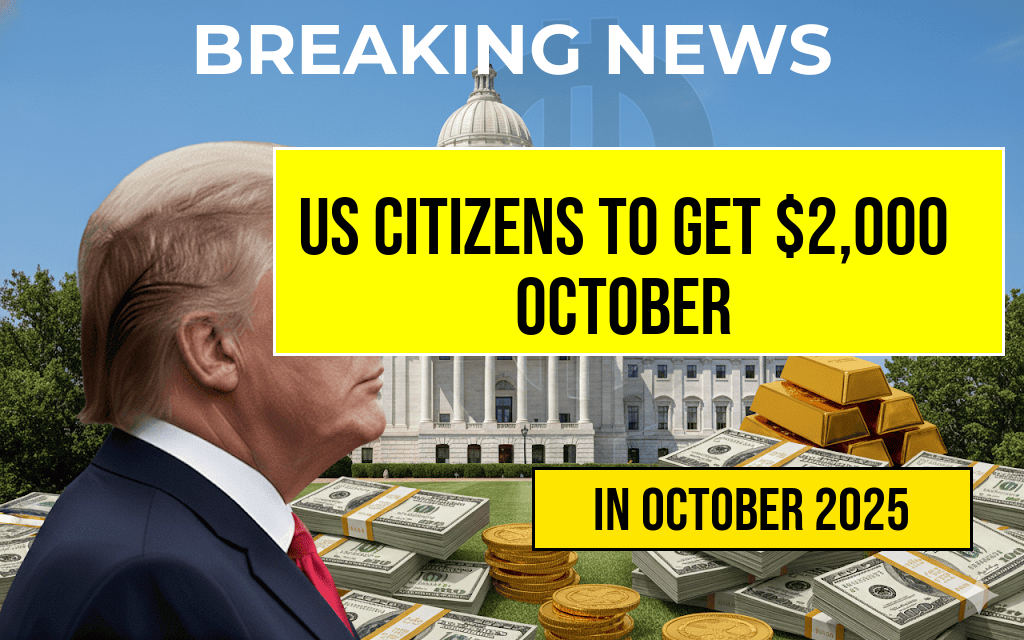Recent analyses suggest that the tariffs implemented during the Trump administration could be quietly siphoning approximately $2,400 annually from the average American family’s household budget. Dubbed the “Turbulence Tax” by critics, this indirect financial burden stems from increased costs across a wide range of imported goods, from electronics to household items. As inflationary pressures persist and supply chains remain strained, understanding how these tariffs influence everyday expenses becomes crucial for consumers and policymakers alike. While the tariffs were initially touted as measures to bolster domestic manufacturing and negotiate better trade deals, their ripple effects have led to higher prices and reduced purchasing power for many Americans. This article explores how tariffs shape household finances, the mechanics behind the “Turbulence Tax,” and what consumers can do to mitigate its impact.
How Tariffs Influence Consumer Costs
The Mechanics of Tariffs and Price Transmission
Tariffs are taxes imposed on imported goods, often aimed at protecting domestic industries or leveraging trade negotiations. When tariffs increase the cost of imported products, those costs typically pass through the supply chain, leading to higher retail prices. According to trade economists, the extent of this price transmission depends on factors such as product elasticity, market competition, and the presence of domestic alternatives.
During the Trump administration, tariffs targeted a broad spectrum of imports, notably steel, aluminum, and various Chinese-made electronics. While these measures aimed to bolster U.S. manufacturing, they also contributed to inflationary trends, affecting the prices consumers pay in stores and online.
Quantifying the Impact on Family Budgets
| Expenditure Category | Additional Annual Cost |
|---|---|
| Electronics and gadgets | $600 |
| Household appliances and furniture | $400 |
| Food and beverages (imported items) | $500 |
| Clothing and footwear | $300 |
| Automotive parts and accessories | $600 |
| Total | $2,400 |
This estimate underscores how tariffs translate into tangible expenses for households, with the most significant effects observed in durable goods and imported consumables.
The “Turbulence Tax”: A Hidden Cost
Origins of the Term
The phrase “Turbulence Tax” has gained traction among economists and consumer advocates to describe the indirect financial strain caused by tariffs. It encapsulates the unpredictable fluctuations in prices that ripple through supply chains, creating a form of economic turbulence that ultimately burdens consumers.
Impact on Consumer Behavior and Spending
As prices rise, families often adjust their spending habits, prioritizing essential items and reducing discretionary expenditures. This dynamic can dampen economic growth, as consumer confidence wanes and retail sales slow. Additionally, small businesses reliant on imported inventory may face squeezed profit margins, leading to layoffs or higher prices for consumers.
Policy Perspectives and Consumer Strategies
Government Responses and Market Adjustments
While some policymakers argue tariffs protect vital industries and promote fair trade, critics contend they risk fueling inflation and reducing household purchasing power. The Biden administration has signaled a shift toward reevaluating tariffs, emphasizing free trade agreements and supply chain resilience. Yet, the long-term effects of the Trump-era tariffs remain embedded in market prices.
How Consumers Can Mitigate the Impact
- Shop locally: Supporting domestic producers can sometimes offset higher import costs.
- Prioritize quality over quantity: Investing in durable goods may reduce the need for frequent replacements.
- Monitor price trends: Being vigilant about price fluctuations allows consumers to time their purchases better.
- Explore alternative products: Substituting imported items with domestically produced alternatives can help manage expenses.
Looking Ahead: The Future of Tariffs and Household Finances
The ongoing debate over tariffs continues to influence market dynamics and household budgets. As trade negotiations evolve, consumers should stay informed about policy changes that could either exacerbate or alleviate the “Turbulence Tax.” Experts recommend maintaining flexibility in spending plans and advocating for transparent trade policies that minimize unintended economic burdens.
For more on how tariffs impact the economy, visit Wikipedia’s trade policy overview. To explore current economic analyses, see Forbes’ economic insights.
Frequently Asked Questions
What are the Trump tariffs and how do they affect my family budget?
The Trump tariffs refer to import taxes implemented during the Trump administration, which have led to increased costs on certain goods. These tariffs can result in higher prices for products, potentially deducting up to $2,400 annually from your family’s budget due to increased expenses on everyday items.
What is the ‘Turbulence Tax’ and why is it important?
The ‘Turbulence Tax’ is a term used to describe the economic impact of tariffs that cause price fluctuations and inflation. Understanding this tax is important because it directly affects household spending power and overall financial planning.
How do tariffs specifically impact household expenses?
Tariffs increase the cost of imported goods, which can lead to higher retail prices. This means families may pay more for products like electronics, clothing, and food, effectively reducing their disposable income by up to $2,400 annually.
Can I do anything to mitigate the financial impact of these tariffs?
To mitigate the impact, families can consider options such as shopping for domestic alternatives, reducing consumption of tariff-affected goods, or planning budgets to accommodate potential price increases caused by the ‘Turbulence Tax’.
Are there any broader economic consequences of the Trump tariffs that I should be aware of?
Yes, tariffs can lead to market turbulence, affecting supply chains, employment, and overall economic stability. These broader consequences can further influence household finances beyond direct price increases.





